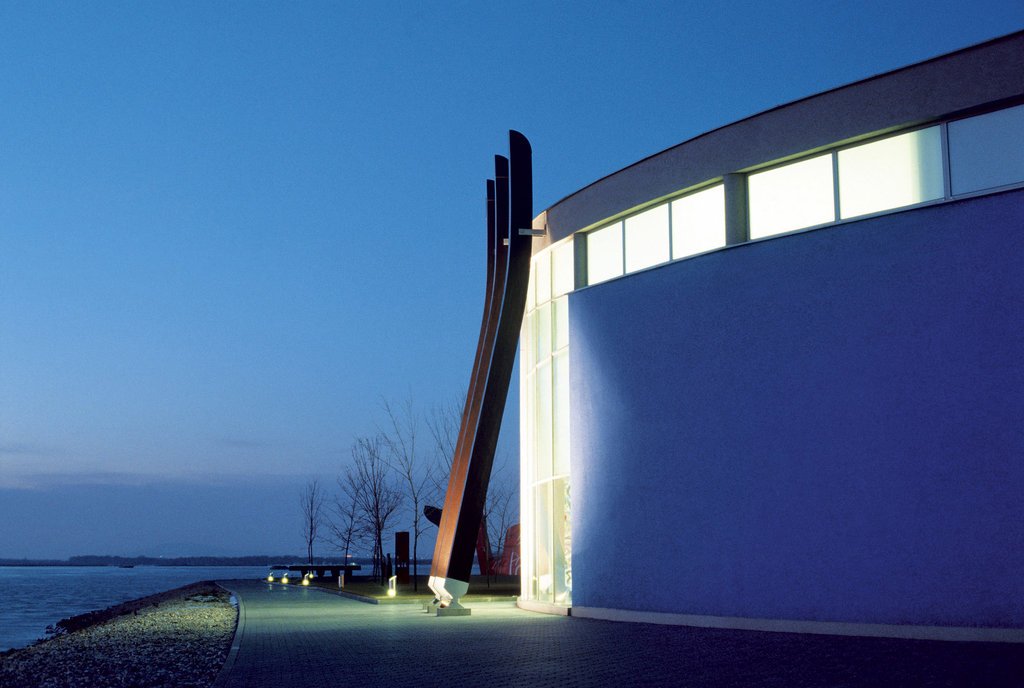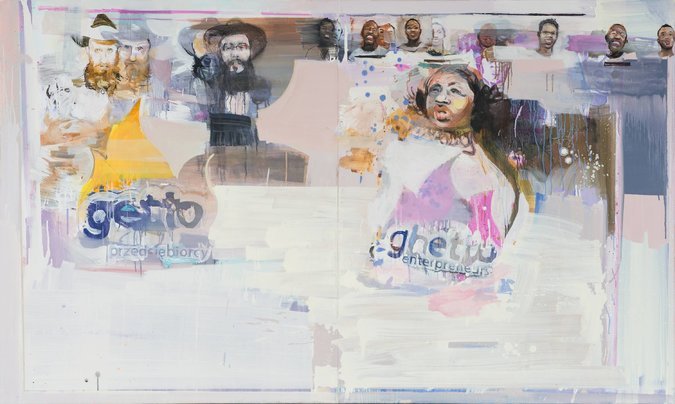Věra Ondrašíková (Czechia) — Guide is a hypnotic audiovisual experience in which past and present become one. The two performers, in individual solos, sculpt the stage space with lasers to magical effect.
Paweł Sakowicz (Poland) — TOTAL is a solo created and performed by Sakowicz that speculates on dance virtuosity with a tongue in cheek approach. Sakowicz is a choreographer and dancer, working with artists and curators in Warsaw, London and Berlin. Sakowicz’s artistic development was supported by a scholarship awarded by the Ministry of Culture and National Heritage of Poland, a residency program run by the Institute of Music and Dance in Warsaw, and the Alternative Dance Academy of the Art Stations Foundation by Grażyna Kulczyk.
Debris Company (Slovakia); Stanislava Vlčeková, Choreographer — Wow! is a fantastical duet exploring the history of humankind and its impact on the environment.
Timothy and the Things (Hungary); László Fülõp and Emese Cuhorka Choreographers — Your Mother at My Door is a duet that plays with the idea of boredom and elapsed time spent on odd and humdrum activities. The two extraordinary performers interact with and confront each other in scenes that conjure up childhood foolishness enacted with adult emotions.




